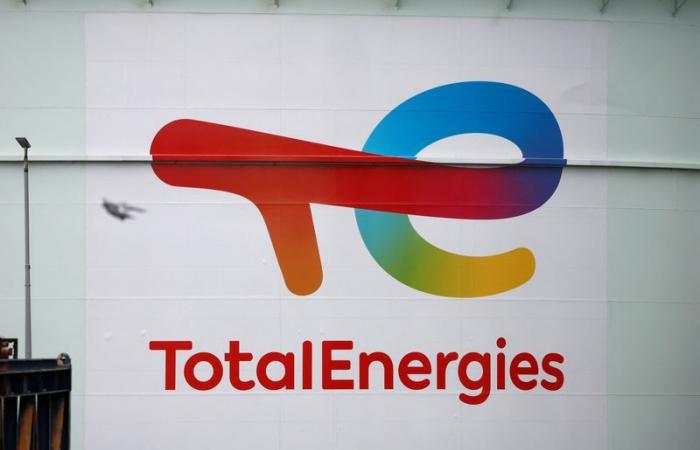Paris (Reuters) – TotalEnergies forecasts global oil demand will peak after 2030 in its two most likely energy transition scenarios, neither of which will limit global warming to two degrees Celsius, in line with the Paris agreement on climate, the company said Monday in its annual energy outlook report.
According to Director of Sustainability and Strategy, Aurélien Hamelle, this situation is mainly due to the increase in population, stagnant investments in electricity networks and slower than expected sales of electric vehicles around the world. .
The annual report presents three scenarios: current trends, a moderately ambitious “momentum” scenario and a “breakthrough” scenario aligned with the Paris Agreement.
In the “momentum” scenario, oil demand would peak just after 2030 and fall to 70 million barrels per day in 2050.
According to the Paris alignment scenario, oil demand is expected to peak before 2030, and consumption would fall to 44 million barrels per day in 2050.
“Today, around 4.5 billion people do not have sufficient access to energy in what we call the 'global South' (…) If we add to this the expected growth of the population by 2050, current energy production would need to be quadrupled to get them out of energy poverty,” Aurélien Hamelle declared at a press conference.
TotalEnergies said the population was currently on track to consume 90 million barrels of oil per day in 2050, with demand peaking after 2035.
“What we see clearly is that the United States will lead the pace of the global energy transition, but that China plays an accelerator role,” said Aurélien Hamelle.
(Written by America Hernandez and Tassilo Hummel; French version Mara Vîlcu, edited by Blandine Hénault)






